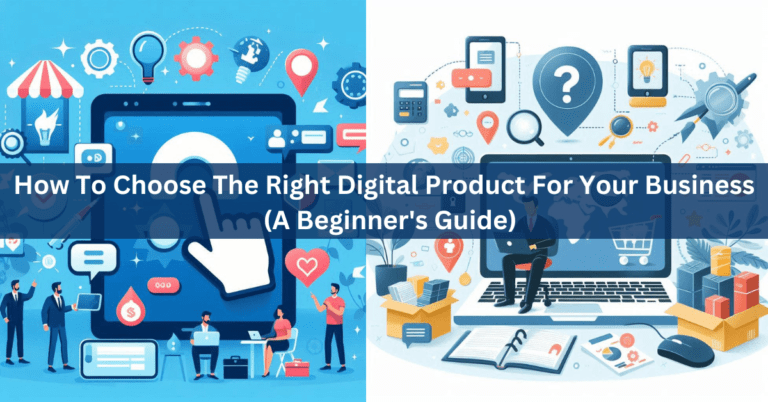Unlocking the Potential of Digital Products
The rise of digital products is transforming our modern world, and the potential for digital products is only beginning to be tapped. Digital products have the capability to revolutionize our everyday lives in a variety of ways, from making everyday tasks easier to aiding in scientific research.
To fully unlock the potential of digital products, we must first understand the different types of digital products available. Many products are software-based, such as platforms like Zoom, Microsoft Teams, and Slack. These platforms provide a variety of services, such as video conferencing, instant messaging, and file sharing. Other digital products include hardware, such as the Raspberry Pi, a small computer that can be used to build various types of projects.
Once we understand the types of digital products, we can begin to explore how they can be used to improve our lives. For example, software-based products can be used to automate mundane tasks, such as organizing files and scheduling meetings. Hardware-based products, such as the Raspberry Pi, can be used to build physical projects, like robots or 3D printers.
Digital products can also be used to help with scientific research. Software-based products are often used in the development of artificial intelligence, while hardware-based products can be used to build tools for experiments or to measure data.
Finally, digital products can be used to bring about social change. Software-based products, such as online platforms, can be used to facilitate virtual meetings and engage with people from around the world. Hardware-based products can be used to build tools to help people in underserved communities and increase access to essential services.
Digital products have the potential to revolutionize how we live, work, and interact. By understanding the different types of digital products available and how they can be used, we can begin to unlock this potential and start to create a better world.







